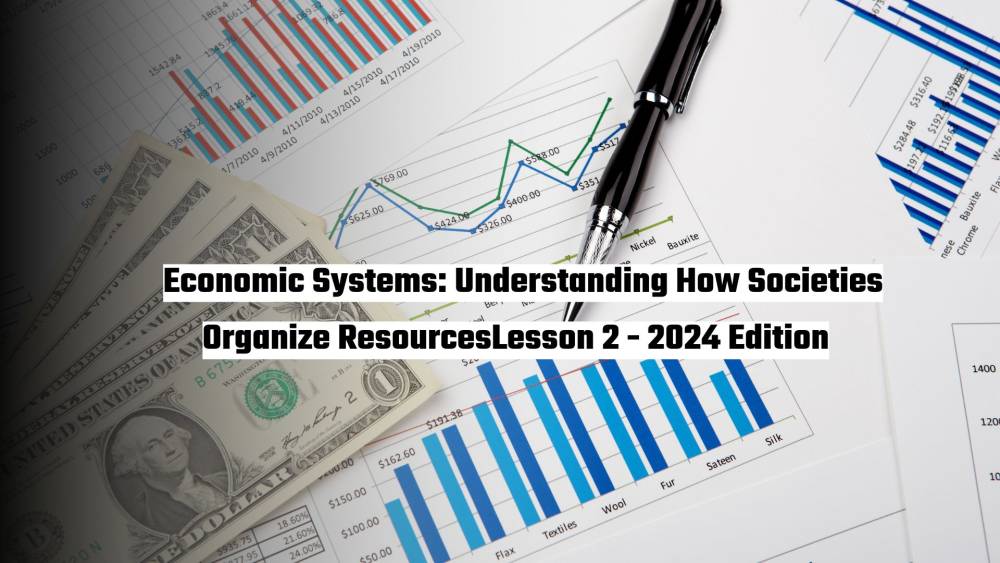Pension systems are critical components of national economies, affecting not only individual retirement security but also broader economic factors like savings rates, labor markets, and public finance. As populations age and pension liabilities rise, understanding the interplay between pension systems and economic stability becomes increasingly important.
Understanding Pension Systems
Pension systems are designed to provide income to individuals during retirement. They vary by structure, funding mechanisms, and stakeholder involvement. While they serve as vital sources of income for retirees, they also significantly impact national economies.
Definition and Types of Pension Systems
There are several primary types of pension systems:
- Pay-As-You-Go (PAYG) Pensions: Funded by current workers' contributions, which are used to pay retirees.
- Defined Benefit (DB) Plans: Guarantee a specific payout based on salary and years of service, placing the investment risk on the employer.
- Defined Contribution (DC) Plans: Depend on individual contributions and investment returns, with the risk borne by the employee.
- Hybrid Pension Plans: Combine elements of both DB and DC systems, providing more flexibility and risk-sharing between employer and employee.
Each type of system offers different levels of security and risk, influencing personal savings decisions and financial security in retirement.
Key Stakeholders in Pension Systems
Pension systems involve multiple stakeholders, each playing a significant role in maintaining the system’s balance and sustainability:
- Governments: Establish regulatory frameworks, manage public pensions, and ensure the fiscal sustainability of pension promises.
- Employers: Provide pensions as part of employee compensation and bear financial responsibilities in DB plans.
- Employees: Contribute to both public and private pension schemes and make decisions regarding retirement savings in DC systems.
- Financial Institutions: Manage pension fund investments, influencing national and global financial markets.
The Role of Pension Funds in Economic Development
Pension funds act as major institutional investors, contributing to economic growth by:
- Long-term Investments: Funding projects such as infrastructure and real estate, providing capital that boosts economic development.
- Infrastructure Development: Pension funds often invest in large-scale public infrastructure projects, fueling national growth.
- Financial Market Stability: Pension funds help stabilize financial markets by providing liquidity and maintaining long-term investment strategies, even in times of market volatility.
Economic Impacts of Pension Systems
Pension systems have wide-ranging effects on national economies, influencing savings rates, labor markets, and public finances.
Impact on National Savings Rates
Pension systems can affect the savings behavior of individuals and institutions, contributing to a nation's overall savings rate:
- Pension Fund Contributions: Pension funds collect contributions from workers, creating large pools of savings that are invested in the economy.
- National Savings and Investment: Countries with well-developed pension systems often have higher national savings rates, which can be used to finance investment in productive sectors.
Pension Systems and Labor Markets
Pension systems also shape labor market dynamics by influencing retirement decisions and employment patterns:
- Retirement Age and Workforce Participation: Pension incentives can affect the retirement age, with policies that encourage longer workforce participation benefiting economies with aging populations.
- Pension Incentives for Employment Decisions: Workers may alter their employment choices based on pension benefits, influencing labor mobility and productivity.
Impact on Public Finances
Pensions, especially public systems, have a direct impact on government budgets:
- Pension Liabilities and Government Budgets: Governments face growing pension liabilities as populations age, placing significant pressure on public finances.
- Public Debt and Pension Obligations: Some countries struggle to balance pension promises with fiscal sustainability, leading to increased public debt levels to meet pension obligations.
Pension Systems and Income Inequality
Pensions also play a role in addressing or exacerbating income inequality:
- Redistributive Effects of Public Pensions: Public pension systems often aim to reduce income inequality by providing a safety net for lower-income workers.
- Wealth Distribution among Retirees: The type of pension system in place (DB vs. DC) can influence the wealth distribution among retirees, with DB plans generally offering more predictable and stable income.
Challenges Facing Global Pension Systems
Global pension systems face several pressing challenges, including demographic shifts, funding gaps, and changes in employment patterns.
Aging Populations and Pension Sustainability
One of the most significant challenges is the aging population in many countries:
- Rising Life Expectancy: As people live longer, pension systems face increased pressure to provide for longer retirement periods.
- Shrinking Workforce: In many developed countries, fewer workers are available to support growing numbers of retirees, undermining PAYG systems and increasing pension liabilities.
Underfunded Pension Liabilities
Many pension systems, especially in developed countries, are underfunded:
- Causes of Pension Funding Gaps: Factors like underestimating life expectancy, insufficient contributions, and poor investment returns have contributed to large pension funding gaps.
- Solutions to Address Underfunded Liabilities: Options include increasing retirement ages, raising contributions, or reducing benefits to ensure long-term sustainability.
The Shift from Defined Benefit to Defined Contribution Plans
Many employers are transitioning from DB to DC plans, driven by the need to reduce financial liabilities:
- Why Employers Are Moving Away from DB Plans: DB plans are expensive to maintain, with companies preferring DC plans, where employees assume the investment risk.
- Impact of DC Plans on Retirement Security: While DC plans offer flexibility, they can result in lower and more uncertain retirement income for individuals.
Pension Reforms in Developing Countries
In developing economies, pension coverage remains low, particularly among workers in the informal sector:
- Informal Economy and Pension Coverage: Large informal labor markets make it difficult to implement traditional pension systems, leaving many without adequate retirement savings.
- Government Initiatives for Expanding Pension Access: Developing countries are exploring innovative ways, such as mobile technology and micro-pension schemes, to expand pension access to the informal workforce.
The Future of Pension Systems
As pension systems evolve, they must adapt to changing economic, technological, and demographic realities.
Pension Systems in a Digital Age
Technological advancements are transforming how pension systems operate:
- Technological Innovations in Pension Management: Digital platforms and fintech solutions are improving the efficiency of pension administration and making it easier for individuals to manage their retirement savings.
- Fintech’s Role in Enhancing Pension Accessibility: Mobile apps and online tools are democratizing access to pensions, particularly in developing economies.
Sustainable Pension Systems and Green Investments
Pension funds are increasingly integrating environmental, social, and governance (ESG) criteria into their investment strategies:
- Integrating ESG Principles in Pension Funds: Pension funds are beginning to invest in sustainable projects, aligning with global goals for combating climate change and promoting responsible business practices.
- Role of Pension Funds in Sustainable Economic Development: By investing in green technologies and renewable energy, pension funds can contribute to sustainable growth and address global environmental challenges.
Global Trends in Pension Reforms
Countries around the world are implementing reforms to ensure the sustainability and adequacy of pension systems:
- OECD Countries' Pension Strategies: Many OECD countries are raising retirement ages, adjusting benefits, and encouraging private savings to deal with aging populations.
- Emerging Markets and Pension Innovations: Emerging markets are experimenting with digital solutions and alternative pension models to expand coverage and sustainability.
Policy Recommendations for Strengthening Pension Systems
To ensure the long-term sustainability of pension systems, governments and institutions must adopt forward-looking policies:
- Raising Retirement Ages: As life expectancy increases, adjusting the retirement age is essential to maintain pension sustainability.
- Enhancing Pension Fund Regulation: Stricter regulations can help prevent underfunding and mismanagement of pension funds.
- Incentivizing Private Savings: Encouraging private savings through tax incentives or employer matching contributions can reduce reliance on public pension systems.
FAQ
What are the different types of pension systems?
Pension systems include Pay-As-You-Go (PAYG), Defined Benefit (DB), Defined Contribution (DC), and hybrid systems, each offering different levels of retirement security.
How do pension systems affect the economy?
Pension systems influence national savings rates, labor market participation, public finances, and income inequality, playing a critical role in economic stability.
Why are pension funds important for financial markets?
Pension funds provide long-term capital for investments in infrastructure, real estate, and financial markets, contributing to economic growth and financial stability.
How are aging populations affecting pension sustainability?
Aging populations increase the burden on pension systems, requiring adjustments like higher retirement ages, increased contributions, and reforms to ensure financial sustainability.
What are the main challenges facing pension systems globally?
Key challenges include aging populations, underfunded liabilities, the shift to Defined Contribution plans, and expanding pension coverage in developing countries.
What policy measures can ensure the long-term sustainability of pensions?
Sustainable pension systems require policy measures such as raising retirement ages, incentivizing private savings, and implementing pension fund regulations to prevent underfunding.

































